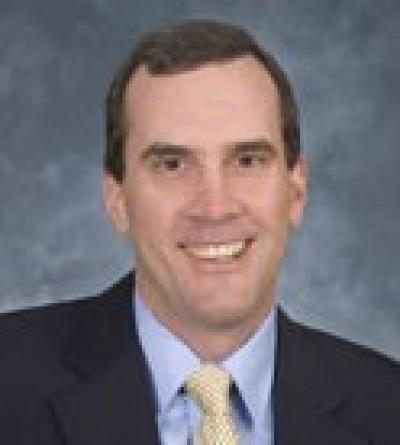AMD CEO On The Decision to Spin Off Foundries

AMD started out competing with Intel under the banner “Real Men Have Fabs”. Now CEO Dirk Meyer explains the company’s decision to spin off manufacturing into a separate company
AMD executives now believe that the company’s break-even point to return to profitability is $1.3 billion (£0.92 billion) in operating expenses per quarter. However, Meyer declined to discuss when the company would reach that point and he also declined to discuss future financial forecasts due in part to the unstable global economy.
Meyer did note that the spinoff would not hamper AM’s ability to convert the remainder of its processors to 45-nanometer technology. The first 45-nm Opteron server chips hit the market in November, and mainstream consumer and commercial desktop and notebook processors are expected later this year. He added that the company also plans to begin developing its own line of 32-nm chips.
“Right now, we’re engaged in optimising pre-existing designs and creating new designs for 32-nanometer, so we will be ramping out 32-nanometer production next year,” said Meyer. “We will collaborate to define the technology so that it meets the needs of the products, and AMD designers will create the products and they will be built at The Foundry Company.”
Meyer also addressed some of the issues involving Intel’s complaints about the deal. Specifically, Intel spokespeople have questioned whether the new company is covered under previous agreements that allow AMD to use some of Intel’s intellectual property related to x86 processors.
“I think it’s pretty clear that they are trying to instill fear, uncertainty and doubt in the minds of our customers, shareholders and other stakeholders,” said Meyer.
When AMD does split in two, Meyer said he will not have any management role in the new company. However, AMD does stand to be The Foundry Company’s largest customer, which will continue to tie the two companies together. Meyer also suggested that AMD might switch some of its ATI graphics chip production to The Foundry Company as well.
As AMD moves forward, Meyer said that he hopes customers will now view AMD in a different light.
“What we are now is a product, marketing and design company that has an array of technologies, including CPUs that are optimised toward the application people will need in the future,” said Meyer.